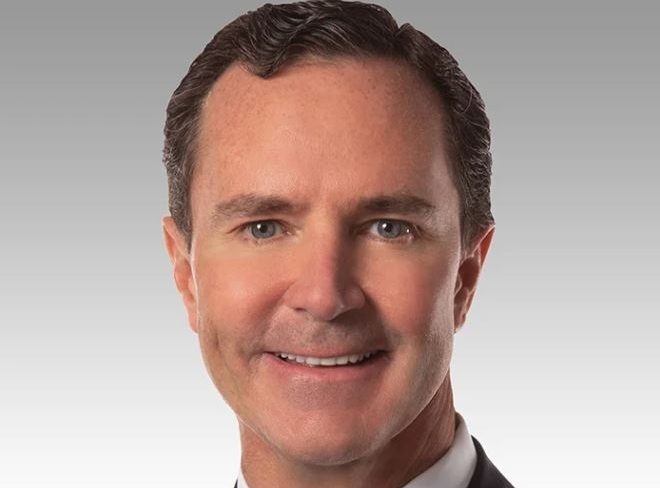FORT MYERS, Florida — Louie Varland would like you to know that he is still Louie Varland.
He will continue to go by Louie, though scoreboards from Hammond Stadium to Target Field will be displaying his full name, Louis, a switch he made on a whim when asked if he would like to make a change.
Varland said yes because he thought it might be something his mom and grandparents might like, seeing as he’s named after his uncle. The slight name change has generated plenty of interest on social media, though the pitcher is not quite sure why.
Now that that’s settled, the real question is how the Twins play to deploy Louie Varland. They have an idea and they’ve told him as much. They just haven’t made an announcement publicly.
“I can’t say it,” Varland said.
But signs seem to be pointing towards the St. Paulite transitioning from starting to relieving, as he’s done late in each of the past two seasons. Of course, over the course of spring, if a health issue or two crop up within the projected starting rotation, the Twins could always stretch Varland out. But at this point, his clearest path to the major leagues appears to be in the bullpen.
“We’re just going to send him out there right now for probably an inning at a time, let him get going, kind of like everybody else. There will be a point where he throws two ups and gets multiple ups this spring,” manager Rocco Baldelli said. “We’re not going to sit here and state his permanent role for 2025.”
In September 2023, Varland rejoined the Twins as a reliever and posted a 1.50 earned-run average, striking out 17 in his 12 innings pitched. The way his stuff played up was clearly intriguing to Baldelli and the Twins.
Last September, they made the late-season switch again. The results weren’t quite as smooth, but he did turn in four straight scoreless performances at one point.
“I was told, ‘Be ready for any role,’” Varland said. “And that’s what I’m doing.
Coming out of the bullpen, he said, is enjoyable — while there’s less of a game within the game, he’s more on the attack mode, emptying the tank and throwing his best stuff at opposing hitters.
Saturday, Varland came out of the bullpen and threw a scoreless inning in the Twins’ spring opener. His fastball topped 98 miles per hour and Varland seemed pleased with where he is at currently.
“He’s a guy that has the pitches. He can mix them up but … in the shorter stints, the stuff does play up really nicely,” Baldelli said.
Varland said his offseason focus was working on his execution and as for what he wants to show the Twins this spring as he fights for a roster spot, it’s simple.
“That I’m ready,” Varland said.
Game notes
David Festa threw two scoreless innings in the Twins’ 5-1 loss to the Pirates in Bradenton, Florida. Rule 5 Draft pick Eiberson Castellano struck out three of the four batters he faced in the game. Austin Martin scored the Twins’ only run of the day on a DaShawn Kiersey Jr. single to left, giving the Twins a fifth-inning lead that they held just briefly.
Briefly
Chris Paddack is scheduled to make his first start of the spring on Monday when the Twins venture to Port Charlotte to face the Tampa Bay Rays, but a weather forecast calling for rain basically all day, and thunderstorms in the afternoon could impact the Twins’ plans. … Bailey Ober threw live batting practice back at the Twins’ facility in front of an almost empty stadium on Sunday. There were four young fans — Blake, Jax, Olivia and Kollins Ober — in attendance watching and screams of “Hi Daddy,” were loud enough to hear throughout the park.
Related Articles
Twins Rule 5 Draft pick Eiberson Castellano has unique opportunity in front of him
Twins infielder Edouard Julien out to ‘prove everybody wrong’
Amid quiet offseason, Twins still searching for ways to supplement roster
Juan Soto deal now sits atop sports’ most ridiculous money stats
MLB changes Twins’ schedule; team now set to host games Fourth of July weekend




